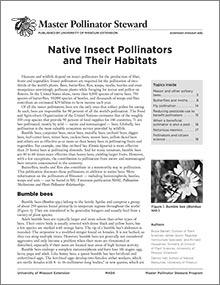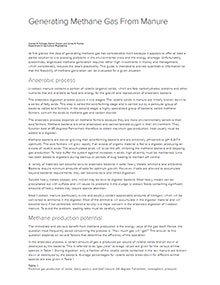

Generating Methane Gas From Manure
Reviewed
Did you know that you can generate methane gas from manure? Visit our site to learn about Generating Methane Gas From Manure.
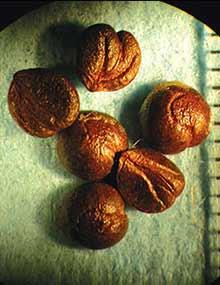
Missouri Weed Seeds, Page 48
Reviewed
Information about grape family weed seeds, including Virginia creeper and raccoon grape, with images and millimeter-scale references.
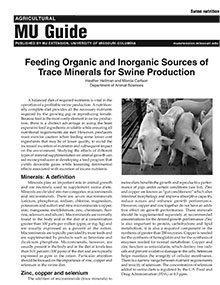
Feeding Organic and Inorganic Sources of Trace Minerals for Swine Production
Reviewed
Explore the benefits of zinc, copper, and selenium in swine diets, comparing organic and inorganic sources to enhance growth and reproductive health.

Managing Nitrogen to Protect Water Quality
Reviewed
How is nitrogen lost from the soil?Nitrogen is primarily lost by three pathways:
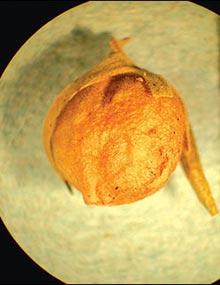
Missouri Weed Seeds, Page 16
Reviewed
Caprifoliaceae (Honeysuckle family) includes several species of honeysuckle, viburnum and elderberry.
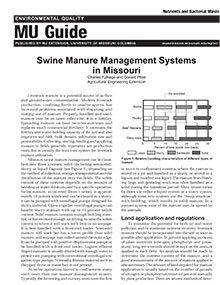
Swine Manure Management Systems in Missouri
Reviewed
Learn about swine manure management systems, methods of application, environmental regulations, and strategies to maximize nutrient use and minimize pollution.
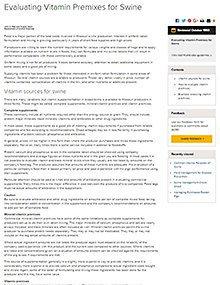
Evaluating Vitamin Premixes for Swine
Reviewed
Compare swine vitamin premixes by cost, composition, and effectiveness to support balanced, economical feed formulation on your farm.
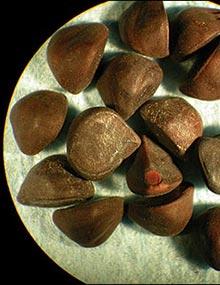
Missouri Weed Seeds, Page 19
Reviewed
Most of the members of Convolvulaceae (Morningglory family) are vining plants, including several common species of morningglories, bindweeds and the parasitic group of plants, dodders.
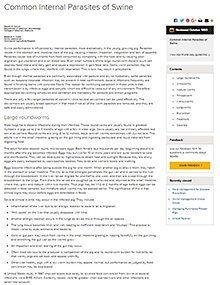
Common Internal Parasites of Swine
Reviewed
Parasites can greatly reduce swine performance. Visit our website to learn about the Common Internal Parasites of Swine.

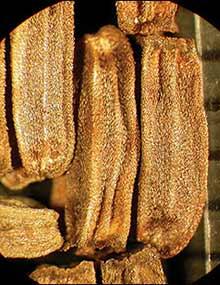
Missouri Weed Seeds, Page 22
Reviewed
The only two members of Dipsacaceae (Teasel family) that are known to occur in Missouri are cutleaf and common teasel.

Measuring Manure Spreader Uniformity
Reviewed
Learn how to test and adjust manure spreader overlap to ensure even nutrient application and improve crop growth across your fields.
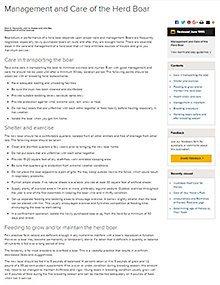
Management and Care of the Herd Boar
Reviewed
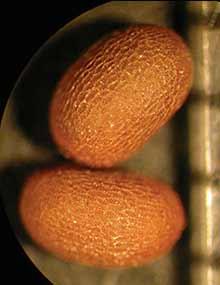
Missouri Weed Seeds, Page 25
Reviewed
The majority of Geraniaceae (Geranium family) plants present in Missouri are geraniums. There are at least five species known to occur in the state.
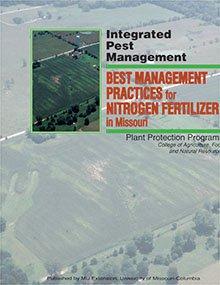
Best Management Practices for Nitrogen Fertilizer in Missouri
Reviewed
Learn how to manage nitrogen fertilizer in crops to boost yields, reduce losses, and enhance environmental outcomes through best practices.
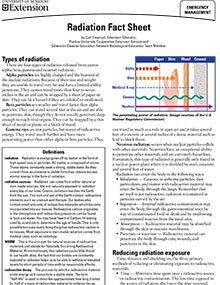
Radiation Fact Sheet
Reviewed
Explains types of radiation—alpha, beta, gamma, neutron—their sources, health effects, and ways to reduce exposure.

Coping With Summer Heat
Reviewed
The heat of a Missouri summer not only can make for high utility bills, but also can be deadly. Here are some tips to help keep you comfortable, healthy and penny-wise.
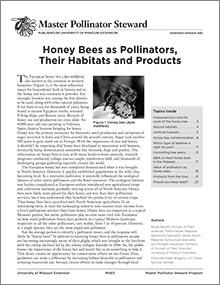
Honey Bees as Pollinators, Their Habitats and Products
New
Learn about the honey bee, from its life cycle, to its various races, to its pest problems, the benefits it provides, and how we can aid its success in this University of Missouri Extension guide. Become a Master Pollinator Steward!

Squeezed by Rising Food Prices?
Reviewed
Small changes in your shopping habits can mean saving money at the grocery store. Check for tips on this page that can work for you and your family.

Conserving Missouri's Wild and Managed Pollinators
New
Pollinators are critically important for natural ecosystems and crop production. Learn why pollinators are crucial, the major threats confronting them, conservation steps being taken, and how you can help in this University of Missouri Extension guide.

Challenges and Choices: Fit for Life
Reviewed
Practical tips to boost energy and health by adding fruits and vegetables to meals, snacks, and busy lifestyles.

Preserve It Fresh, Preserve It Safe: 2018, No. 4 (July/August)
New
Discover the Seasonal and Simple app, your guide to selecting, preparing, and enjoying fresh, in-season produce with ease.
Collective Bargaining 2: Behavioral Factors Influencing Union Bargaining Power - Page 2
New
Not all local unions approach the collective bargaining process from the same scope of institutional power, nor should they. Collective bargaining is not a ‘one size fits all’ undertaking. In some cases, a local may be responsible for all aspects of the bargaining process with the international union filling only an advisory, consultative or oversight function.
